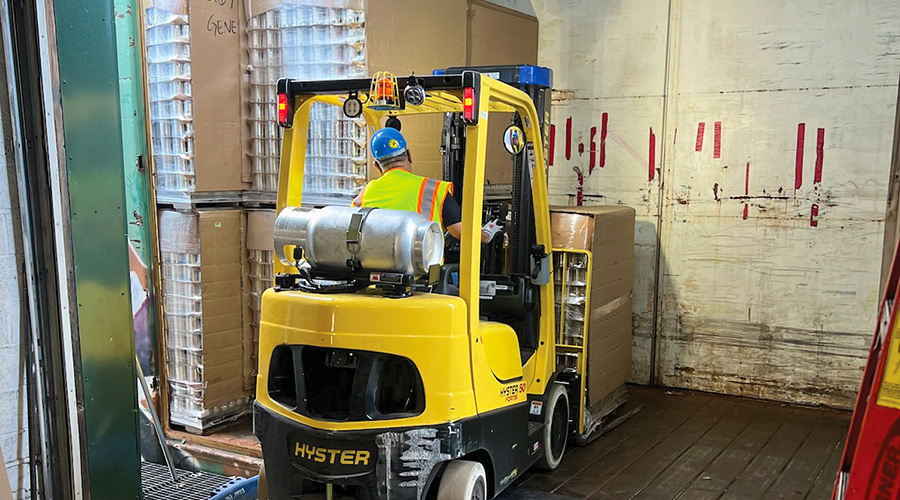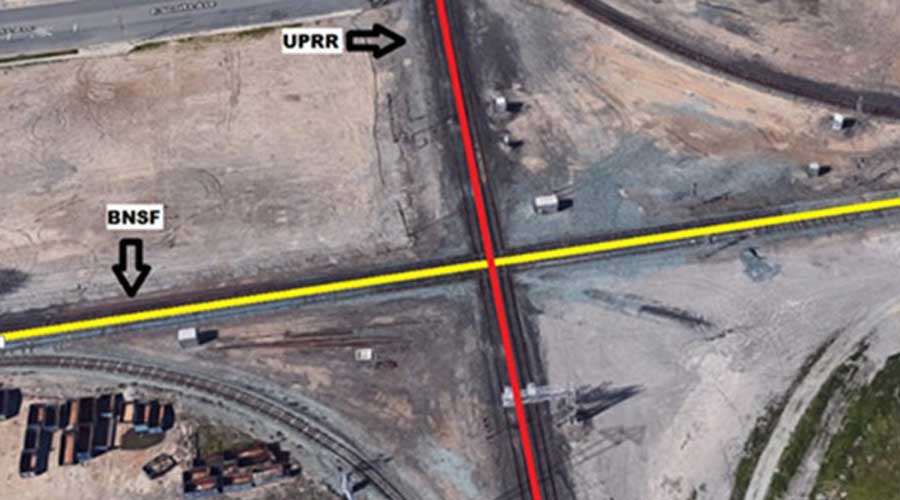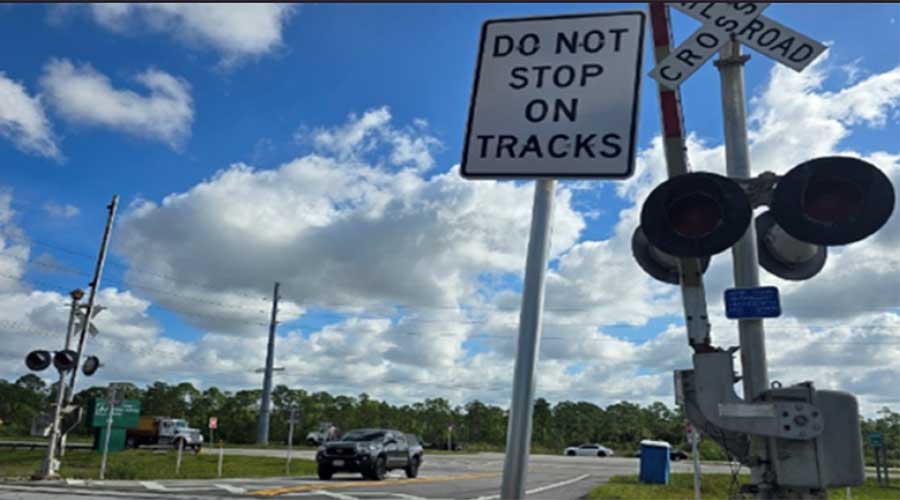Newsletter Sign Up
Stay updated on news, articles and information for the rail industry
Stay updated on news, articles and information for the rail industry
RAIL EMPLOYMENT & NOTICES
Rail News Home
Rail Industry Trends
Rail News: Rail Industry Trends
10/12/2001
Rail News: Rail Industry Trends
GWI shuffles executive deck, restructures Australian railroad
advertisement
Genesee & Wyoming Inc. (GWI) Oct. 9 appointed:
• Martin Lacombe Australian Railroad Group (ARG) deputy chief executive officer — he served as president of Genesee Rail-One in Canada between April 1999 and September 2001, and previously held various positions with Canadian National Railway Co., Canadian Transport Commission, VIA Rail and Railway Association of Canada;
• Mario Brault Genesee Rail-One president and general manager — he joined Genesee Rail-One in September 2000 as vice president of operations and previously spent 22 years with CN;
• Larry Phipps Portland & Western Railroad president and general manager — he served Southern Pacific Railroad for 35 years in a variety of positions, and spent the past five years assisting investors, financial institutions and railroad operators in Latin America and Africa with financial-performance forecasts and operating-practice assessments;
• Carl Belke general manager-fleet, a new GWI position responsible for North American freight car procurement, management and disposition — Belke's served GWI for the past five years in various capacities and has 28 years of railroading experience; and
• Matthew Walsh manager-finance and acquisitions — he most recently served Salomon Smith Barney's Media & Leisure Group as a corporate finance associate and previously held a similar position with Schroders in New York and London.
The short-line holding company Oct. 11 also announced organizational changes at ARG, which is 50 percent owned by GWI and Wesfarmers Ltd.
GWI is rationalizing support services and streamlining ARG's management structure — resulting in 80 job cuts from its Western Australian workforce of 1,000 — in an effort to increase operational efficiency and improve customer service.
• Martin Lacombe Australian Railroad Group (ARG) deputy chief executive officer — he served as president of Genesee Rail-One in Canada between April 1999 and September 2001, and previously held various positions with Canadian National Railway Co., Canadian Transport Commission, VIA Rail and Railway Association of Canada;
• Mario Brault Genesee Rail-One president and general manager — he joined Genesee Rail-One in September 2000 as vice president of operations and previously spent 22 years with CN;
• Larry Phipps Portland & Western Railroad president and general manager — he served Southern Pacific Railroad for 35 years in a variety of positions, and spent the past five years assisting investors, financial institutions and railroad operators in Latin America and Africa with financial-performance forecasts and operating-practice assessments;
• Carl Belke general manager-fleet, a new GWI position responsible for North American freight car procurement, management and disposition — Belke's served GWI for the past five years in various capacities and has 28 years of railroading experience; and
• Matthew Walsh manager-finance and acquisitions — he most recently served Salomon Smith Barney's Media & Leisure Group as a corporate finance associate and previously held a similar position with Schroders in New York and London.
The short-line holding company Oct. 11 also announced organizational changes at ARG, which is 50 percent owned by GWI and Wesfarmers Ltd.
GWI is rationalizing support services and streamlining ARG's management structure — resulting in 80 job cuts from its Western Australian workforce of 1,000 — in an effort to increase operational efficiency and improve customer service.


 2025 MOW Spending Report: Passenger-rail programs
2025 MOW Spending Report: Passenger-rail programs
 Gardner steps down as Amtrak CEO
Gardner steps down as Amtrak CEO
 Guest comment: Oliver Wyman’s David Hunt
Guest comment: Oliver Wyman’s David Hunt
 Women of Influence in Rail eBook
Women of Influence in Rail eBook
 railPrime
railPrime








